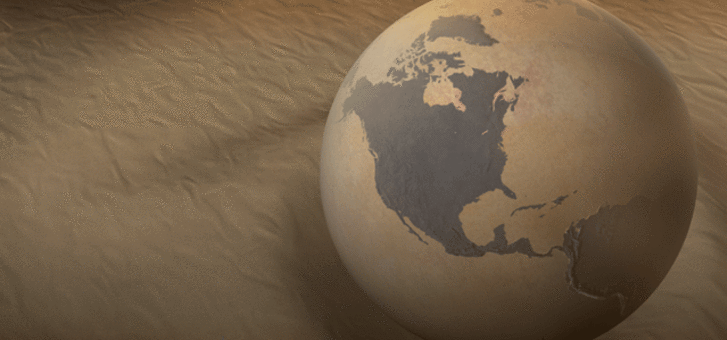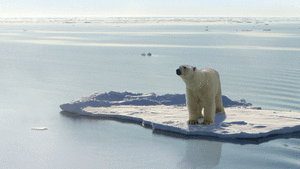The earth’s crust is composed of large plates that are continually shifting. The term continental drift refers to the movement of these plates, causing the continents to shift relative to each other. The theory that continents move about was first suggested by the Flemish geographer Abraham Ortels in the sixteenth century and it was more fully developed by the German geophysicist Alfred Wegner in 1912. The theory was at first rejected by scientists, but its acceptance was complete by the mid-1960s.
Today’s scientists have concluded that the earth’s crust is composed of seven major tectonic plates and numerous smaller ones that are slowly moving under the oceans and continents. As these plates move away from each other, a crack or fault is formed. When they push together, one plate is either forced under the other or it slips along the side of the other. A well-known example of this is the San Andreas Fault that runs north and south through most of California. Earthquakes and volcanoes tend to occur along the margins of these giant plates of the earth’s crust.
As “Mother Earth” becomes older, like we humans, she is developing more deformities on her face and these tend to create more natural disasters. Recent examples include the devastating earthquakes in Haiti and Chile last year, the destruction of downtown Christchurch in New Zealand and the recent tidal waves in Chile and the Mentawai Islands of Indonesia in October. And these events appear to becoming more frequent.
Signs of the end?
|
Genesis tells us how God created us and the world in which we live. “God saw all that he had made, and it was very good” (Genesis 1:31). Unfortunately, the atmosphere and the earth’s surface have deteriorated—worn out like a garment—in recent years.
Although God made us stewards of the bounties of planet Earth (Genesis 1:28), most of us have neglected that responsibility. We have used the air, the water and the land to satisfy our own selfish purposes, and the results have been disastrous.
But before the world is struck by a meteor, swallows us in another flood or freezes us to death in an Arctic ice storm, our Creator God has promised to intervene. He said, “I am making everything new!” (Revelation 21:5). And through the apostle Peter, we are told that “in keeping with his promise we are looking forward to a new heaven and a new earth, the home of righteousness” (2 Peter 3:13).
Restored to her original beauty and youth, Mother Earth will become the home of God’s restored, born-again family.






